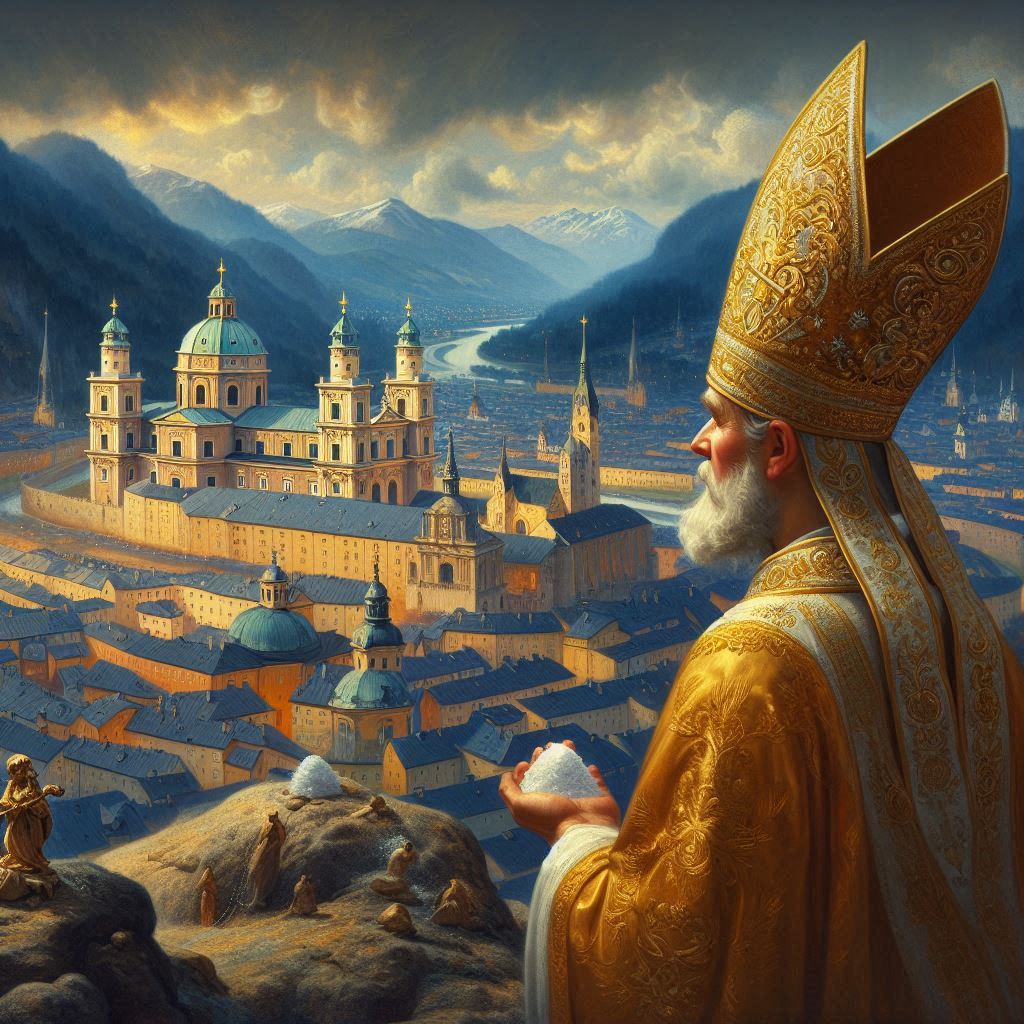
Zwei Vorbilder des Glaubens und der Veränderung
Heute im Doppelpack: Zwei Heilige, die unterschiedlicher nicht sein könnten und doch eine tiefe Verbindung in ihrem Wirken tragen. Der eine ein mutiger Bischof aus Lateinamerika, der sich für die Unterdrückten einsetzte, der andere ein mittelalterlicher Mönch, dessen Arbeit eine ganze Stadt prägte. Was sie eint? Ihr unerschütterlicher Glaube, der Mut zum Wandel und das Licht der Hoffnung, das sie hinterließen.
Oscar Romero – Der Bischof der Gerechtigkeit
Oscar Romero (1917–1980) war ein Mann, dessen Leben und Tod für soziale Gerechtigkeit und Menschenrechte standen. In einem Land, das von Gewalt und Ungerechtigkeit zerrissen war, erhob er die Stimme für die, die keine hatten. Er sprach für die Armen und die Unterdrückten, trotz der Gefahr, die ihm selbst dadurch drohte. Am 24. März 1980, während einer Messe, wurde er erschossen. Doch sein Erbe lebt weiter: Heute ist er der Patron der Armen und der sozialen Gerechtigkeit.
Gedenktag: 24. März



Rupert von Salzburg – Der Heilige der Alpen
Rupert von Salzburg (ca. 660–710) war ein Mönch mit einer Vision. Als er nach Salzburg kam, fand er nur Ruinen vor, doch er sah die Möglichkeit, eine geistige und kulturelle Blüte in den Alpen zu schaffen. Durch den Aufbau von Kirchen und Klöstern sowie die Förderung des Salzabbaues machte Rupert Salzburg zu einem geistigen und wirtschaftlichen Zentrum. Heute wird er als Patron von Salzburg und den Salzarbeitern verehrt.
Gedenktag: 27. März



Was verbindet diese beiden Heiligen?
Trotz ihrer unterschiedlichen Lebenswege gibt es eine tiefgehende Verbindung: Beide folgten einem unerschütterlichen Glauben, der sie dazu brachte, für Veränderung zu kämpfen. Sie waren bereit, für ihre Überzeugungen zu leiden und hinterließen ein Licht der Hoffnung für künftige Generationen.










